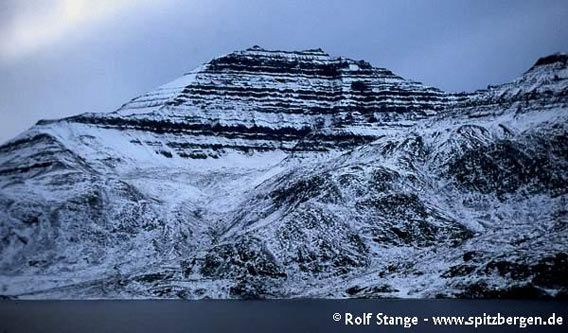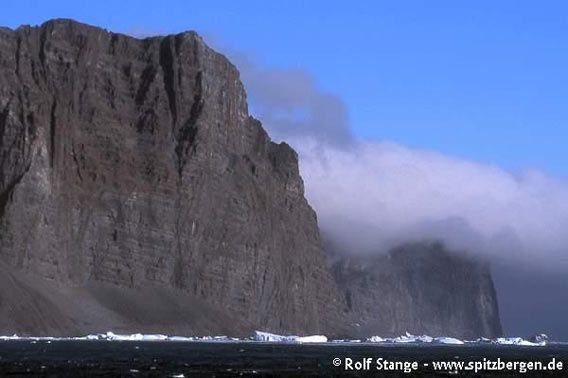-
current
recommendations- Liefdefjord
New page dedicated to one of Spitsbergen's most beautiful fjords. Background information and many photos.
- New Spitsbergen guidebook
The new edition of my Spitsbergen guidebook is out and available now!
- Liefdefjord
New page dedicated to one of Spitsbergen's most beautiful fjords. Background information and many photos.
Page Structure
-
Spitsbergen-News
- Select Month
- June 2025
- May 2025
- April 2025
- March 2025
- February 2025
- January 2025
- December 2024
- November 2024
- October 2024
- September 2024
- August 2024
- July 2024
- June 2024
- May 2024
- April 2024
- March 2024
- February 2024
- January 2024
- December 2023
- November 2023
- October 2023
- September 2023
- August 2023
- July 2023
- June 2023
- May 2023
- April 2023
- March 2023
- February 2023
- January 2023
- December 2022
- November 2022
- October 2022
- September 2022
- August 2022
- July 2022
- June 2022
- May 2022
- April 2022
- March 2022
- February 2022
- January 2022
- December 2021
- November 2021
- October 2021
- September 2021
- August 2021
- July 2021
- June 2021
- May 2021
- April 2021
- March 2021
- February 2021
- January 2021
- December 2020
- November 2020
- October 2020
- September 2020
- August 2020
- July 2020
- June 2020
- May 2020
- April 2020
- March 2020
- February 2020
- January 2020
- December 2019
- November 2019
- October 2019
- September 2019
- August 2019
- July 2019
- June 2019
- May 2019
- April 2019
- March 2019
- February 2019
- January 2019
- December 2018
- November 2018
- October 2018
- September 2018
- August 2018
- July 2018
- June 2018
- May 2018
- April 2018
- March 2018
- February 2018
- January 2018
- December 2017
- November 2017
- October 2017
- September 2017
- August 2017
- July 2017
- June 2017
- May 2017
- April 2017
- March 2017
- February 2017
- January 2017
- December 2016
- November 2016
- October 2016
- September 2016
- August 2016
- July 2016
- June 2016
- May 2016
- April 2016
- March 2016
- February 2016
- January 2016
- December 2015
- November 2015
- October 2015
- September 2015
- August 2015
- July 2015
- June 2015
- May 2015
- April 2015
- March 2015
- February 2015
- January 2015
- December 2014
- November 2014
- October 2014
- September 2014
- August 2014
- July 2014
- June 2014
- May 2014
- April 2014
- March 2014
- February 2014
- January 2014
- December 2013
- November 2013
- October 2013
- September 2013
- August 2013
- July 2013
- June 2013
- May 2013
- April 2013
- March 2013
- February 2013
- January 2013
- December 2012
- November 2012
- October 2012
- September 2012
- August 2012
- July 2012
- June 2012
- May 2012
- April 2012
- March 2012
- February 2012
- January 2012
- December 2011
- November 2011
- October 2011
- September 2011
- August 2011
- May 2011
- April 2011
- March 2011
- February 2011
- January 2011
- December 2010
- November 2010
- September 2010
- August 2010
- July 2010
- June 2010
- May 2010
- April 2010
- March 2010
- February 2010
- November 2009
- October 2009
- August 2009
- July 2009
- June 2009
- May 2009
- April 2009
- March 2009
- February 2009
- January 2009
- December 2008
- November 2008
- October 2008
- August 2008
- July 2008
- June 2008
- May 2008
- April 2008
- March 2008
- February 2008
- April 2000
- Select Month
-
weather information
-
Newsletter

| Guidebook: Spitsbergen-Svalbard |
Home
→ Spitsbergen books: Books, Calendar, Postcards, DVDs
→ Rocks and Ice
→ Geology of East Greenland
→ 5. The basalts of the Blosseville Coast
5. The basalts of the Blosseville Coast

Welded together during the Caledonian orogeny, several continents had remained as one huge land mass during several hundred million years. Finally, the break-up of this large continent was on its way during the later Mesozoic. In the north, it happened between East Greenland and northern Europa (Ireland/Scotland/Scandinavia) in the lower Tertiary, 50-60 million years ago. This process of breaking up (‘rifting’) led to intense volcanism about 55 million years ago, similar to Iceland today. Large volumes of basaltic lava covered wide areas. There are no volcanic mountains with the classical cone-shape visible, as the eruption centres were totally buried under their own products.

Layers of basaltic lava in eastern Gåseland. The layering is optically even enhanced by the fresh snow and provides a strong contrast to the unlayered metamorphic rocks seen in the lower slope.
Eruptions largely happend during three stages.
During the first stage, the eruption centre was probably somewhere at Gåseland. Large volumes of liquid basaltic lava filled the old valleys to begin with, before they could start to cover the whole area. Then, a single lava flow, being 10-50 m thick, could cover as much as 4000 km2!
The centre of the second stage was near the outer coast of today. Nevertheless, the lava flows which were produced here went as far as 120 km, reaching amongst others Gåseland. During the third stage, everything was covered with basaltic lava flows once again, before a large number of intrusions penetrated both the basalt layers and, to a lesser degree, rocks in other areas in the Scoresbysund such as in Jameson Land.
The difference between the three stages is not immediately evident to the visitor in the field, but it becomes clear to scientists from detailed investigations in the field and in the laboratory, including the chemistry of the lava rocks.
The total thickness of the basalt layers has its maximum near the outer coast and reaches more then 2000, in places even more then 3000 metres. An area of at least 80 000 km2 was covered.
Compared to today’s volcanism on Iceland, the frequency of eruptions 55 million years ago in the area south of the Scoresbysund was a bit less, but the volumes of erupted lava was much larger.
The layers of basaltic lava now form striking landscapes south of the Scoresbysund and in southern Milne- and Gåseland. The single layers, each representing a lava flow, are well visible and lay more or less horizontally. These rocks are quite hard and thus form a high plateau, which is mostly glaciated and now dissected by individual glaciers. The slopes are usually extremely steep, the landscape is quite inaccessible and lives the visitor with an impression of inhospitability.

Basalt cliffs at the Blosseville Coast (outer coast south of Scoresbysund) near Nansen Fjord
Intense land uplift which happened together with the volcanism in the lower Tertiary is of decisive importance for the appareance of today’s coastline in most parts of Greenland (and Norway). The Caledonian mountains had been eroded since long ago, all there was left was a landscape of low-lying hills. It needed uplift of several 1000 metres to create the spectacular mountain and fjord scenery which we can admire in East Greenland nowadays. This happened during the opening of the north Atlantic. Remains of the old lowlands now form the rolling, mostly glaciated high plateau in the inner Scoresbysund (Milne Land etc.), where it has not yet been completely destroyed by erosion.
BOOKS, CALENDAR, POSTCARDS AND MORE
This and other publishing products of the Spitsbergen publishing house in the Spitsbergen-Shop.
last modification: 2013-10-12 ·
copyright: Rolf Stange





































